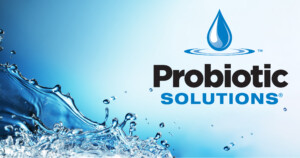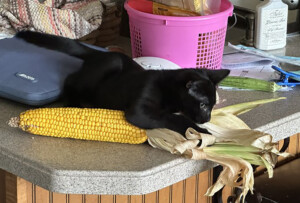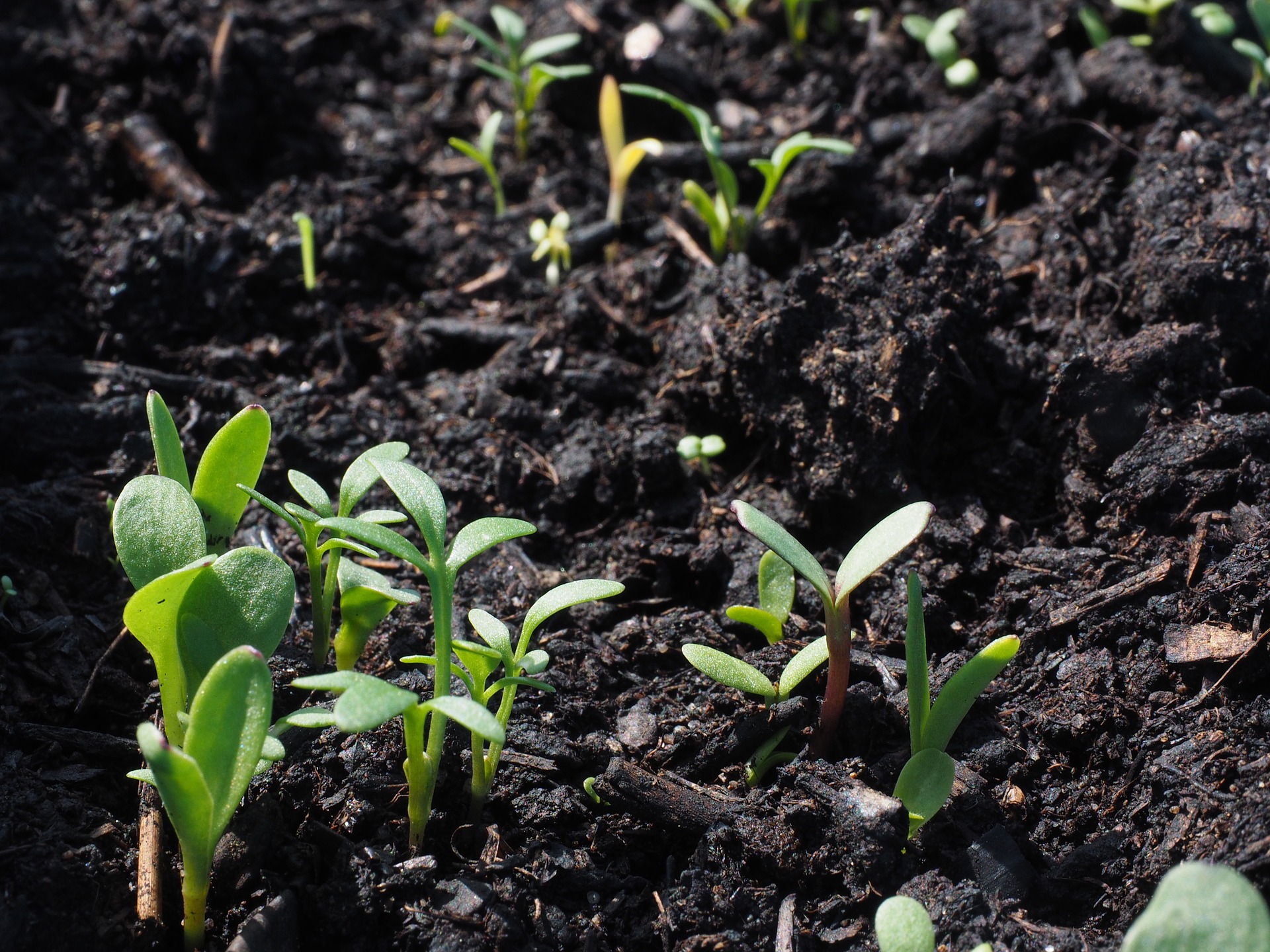By Jael Batty
Recycled sewage is a valued resource to farmers. Disposing of treated sewage by land-application is not only government-sanctioned, it’s considered environmentally responsible.
Clean Water Raises Sludge Problems
The U.S. Clean Water Act of 1972 that required municipalities to remove 85 percent or more of contaminants from treated wastewater significantly reduced water pollution. Because it opened a door to recycled water use, the act also created a sludge disposal issue. Sludge is a byproduct of residential, commercial, and industrial wastewater treatment, produced when solid waste is separated from liquid waste through settling.
Solving the Growing Sludge Crisis
Wastewater treatment plants (WWTPs) in the U.S. create billions of tons of sewage sludge every year. This poses a growing sludge disposal concern. However, according to the Water Environment Federation (WEF) and the EPA, sludge becomes a valued resource if it is land-applied to farm-fields. This approach to sludge disposal was government-sanctioned in the United States in the late 1970s.1
Marketing Sludge
In the 1990s, the National Federation of Wastewater Treatment Plant Operators held a contest for a more marketable term for sewage sludge. “Biosolids” was chosen from 250 suggestions. The term biosolids is used to describe sludge in Australia and the U.K., as well as in the U.S.2
What Farmers Always Knew About Sludge
While controversial among activists and consumers, land application of septic and sewage sludge is not a new practice. It’s no secret that manure––whether from cows, pigs or chickens––is beneficial to crops and soil. It’s no secret among farmers that manure from humans is also beneficial. Farmers have been land-applying raw sewage––at one time called “Night Soil”––to fields and crops for centuries.3
Beneficial Properties of Sludge
The organic matter in sludge conditions and improves soil structure. It is also known to improve water-holding capacity and increase beneficial soil microorganisms. Biosolids have high nutrient value. Nitrogen and phosphorus act as fertilizer. The phosphorus in sludge is valuable to farmers, as phosphorus is a necessary and costly fertilizer.2
How Sludge Is Made
WWTPs receive incoming residential and commercial wastewater, as well as pre-treated industrial wastewater.
- Incoming wastewater (influent) goes through a screening process.
- Non-biodegradable solids are removed to a landfill.
- Sludge is thickened to decrease its volume.
- Sludge is treated and decomposed by beneficial bacteria (microorganisms or microbes) and dewatered to a semi-solid state.
- Sludge is composted by blending with a carbon source––such as sawdust or straw––and oxygen. Beneficial bacteria digest the compost. Heat produced by composting kills parasites and pathogens.
- Lime may be blended into the sludge to bring the pH above 12, which kills the pathogens.4
Forms of Recycled Sludge
Sewage sludge takes many forms, including:
- slurry,
- dry powder,
- humus-like organic matter,
- granular,
- pellet,
- cake,
- lime-amended biosolids, and
- composted.4
How Sludge Is Applied
Farmers may till or plow dry biosolids into the ground. Alternately, they may spray a slurry onto the soil, or inject it directly into the soil. The leading application of biosolids is agricultural land application. Other uses include composting, incineration, use in land rehabilitation, forestry, and landfill.
Restrictions for Using Recycled Sewage
Biosolids are broken down into two classes: Class A, which is considered sterile, and Class B, which is for non-consumable use. Class B biosolids, which are permitted to contain pathogens, may not be used on food or feed crops. In addition, Class B biosolids are not for use on turf, for grazing animals, areas with public exposure, or for use on lawns and gardens.3
Because they are considered sterile, restrictions don’t apply to Class A biosolids. In fact, Class A biosolids are sold as compost to home gardeners under a variety of brands: EarthBlends, Earthlife, EKO Compost, Granulite, Growers’ Blend by Earthwise Organics, Miracle-Gro Organic Choice Garden Soil, Nitrohumus, Nu-Earth, Nutri-Green, Oceangro, OrganaGrow, and ORGRO. (Note: this list is not all-inclusive.)5
Do you put recycled sludge on your garden or farmland? How do you know if it’s safe? Tune in next week to read part two of this two-part series: Recycled Sewage: What Are We Putting on Our Farmland?
Citations:
- (1994) EPA Land Application of Sewage Sludge: A Guide for Land Appliers on the Requirements of the Federal Standards for the Use or Disposal of Sewage Sludge, 40 CFR Part 503, EPA, https://www.epa.gov/sites/production/files/2018-11/documents/land-application-sewage-sludge.pdf
- R Cowell (2010). Sludge, a free fertilizer for farmers, can pose health and environmental risks, Indy Week, https://indyweek.com/news/sludge-free-fertilizer-farmers-can-pose-health-environmental-risks/
- (2011) Class B biosolids, Sourcewatch, https://www.sourcewatch.org/index.php/Class_B_Biosolids
- (1997) Sludge Treatment and Disposal: Management Approaches and Experiences, European Environment Agency, https://www.eea.europa.eu/publications/GH-10-97-106-EN-C/file
- About sewage sludge: branded products containing sewage sludge, Sludge News, https://www.sludgenews.org/about/sludgenews.aspx?id=5
Please note that this article does not reflect the views of Bio Huma Netics, Inc., the developer of Probiotic Solutions. This information is intended to be informational.
Related Posts

Ducks Walking on Water?
by Heather Jennings, PE Bio Energizer® Reduces Sludge Over 40% at Utah Municipal WTP The case study described below was a project that I worked on with a small-lagoon municipal system so overwhelmed with solids that state action was being taken. The ducks on the other side of the lagoon from me literally looked as

The Spring Rush: What Farmers Are Up Against
The Spring Rush: What Farmers Are Up Against “Farmers are always thinking about our products.” I’ll never forget those words, uttered by an old client of mine. She worked for a large life sciences company. We were launching a pre-emergence corn herbicide, to a market saturated with them. I thought she was joking. She wasn’t. I told her that in the hierarchy of thoughts occupying a farmer’s mind, pre-emergent herbicides barely registered. Adding that we had already spent more time thinking about them during our meeting than most farmers do all year. To be fair, she isn’t the only one to share this flawed view. Few occupations require more versatility, or have more irons in the fire, than farming. That’s why I’ve long advocated that anyone marketing to farmers considers not just the product they are selling, and what challenge or opportunity it may address, but what impact it will have on their entire operation – from soil to software, labor to logistics. Because that’s how farmers think. As the calendar turns to April, we’re entering the busiest – and most critical time – of the year.

This Week in Ag #27
Just as the seasons inevitably turn, so does the farming landscape within a tight-knit rural community. That reality hit close to home for me last Thursday with the passing of my uncle, Gary Nichols. He and my father farmed together for decades, and like most farming families, Uncle Gary was a solid fixture in my life,


